5 things you need to learn to become a professional race car driver
Published on Jul 07, 2023 at 2:53 PM (UTC+4)
by Alessandro Renesis
Last updated on Jul 07, 2023 at 2:53 PM (UTC+4)
Edited by
Alessandro Renesis
Supercar Blondie’s Tuesday Le Roux just got back from Dubai Autodrome, where she was given the chance to learn how to drive around the track and learn the tricks of the trade with a professional racing instructor.
From apex and corners to less technical stuff, these are five things you need to learn to become a professional race car driver.
5. Get the correct seat position


It might not sound super important, but it is.
Your legs should be closer to the steering column than they are when you’re driving on the road, and your elbows should be at 60 degrees.
You shouldn’t need to stretch your legs or your arms to reach the wheel or the pedals.
If that happens, it means you need to move your seat forward.
More importantly, hands should always stay at 9 and 3, even while turning the wheel.
4. Know your braking points, your cruising points and when to give gas


Ideally, you should not brake or accelerate when you’re going through a corner.
The corners are cruising points, you brake before, get to an ideal speed, cruise through the corner, and accelerate when your wheels are facing forward again.
Unless you know how to drift, but that’s a different conversation altogether.
3. Know your brakes
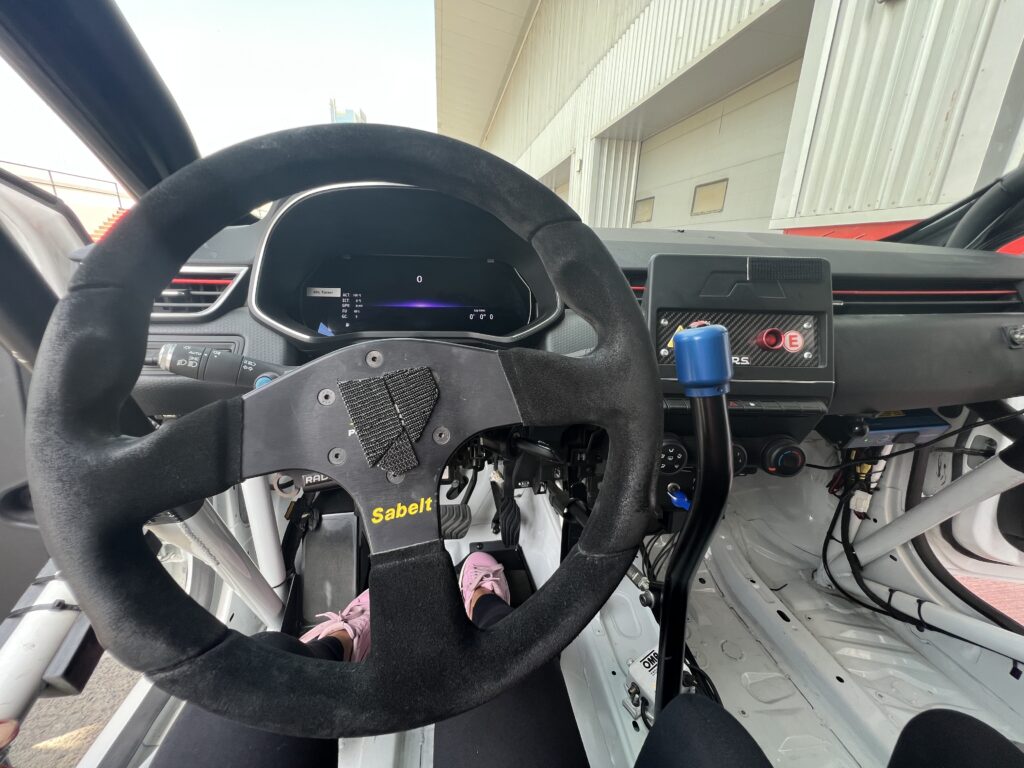
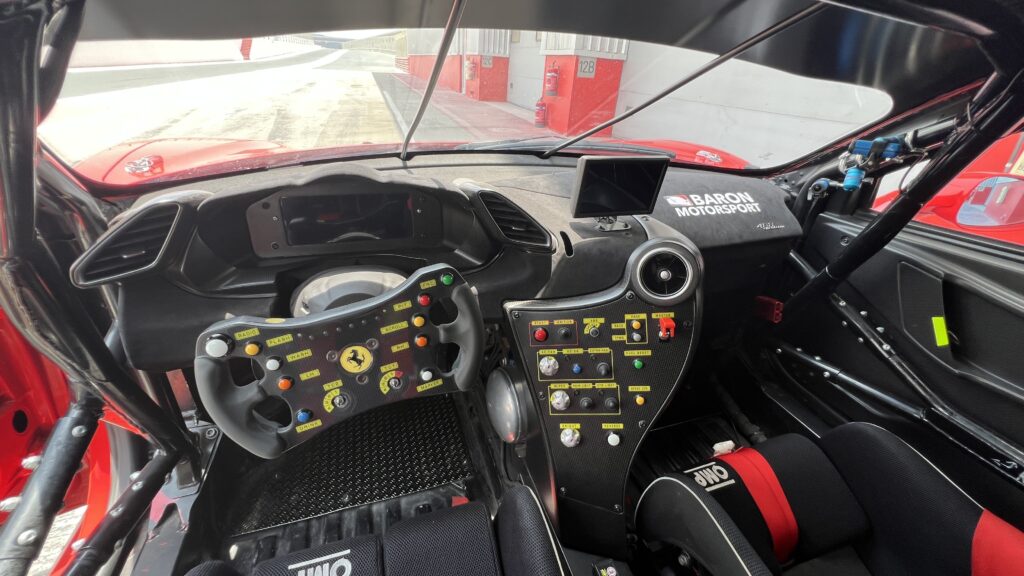
Braking is a key part of racing.
Braking too hard or too soft will mess up with your lap times, and the same thing happens if you brake too late or too early.
Not to mention the danger.
If you brake too hard you can cause your car’s wheels to lock up, and if you don’t brake hard enough you may end up in the grass or gravel before you know it.
2. Know your track conditions and your tires
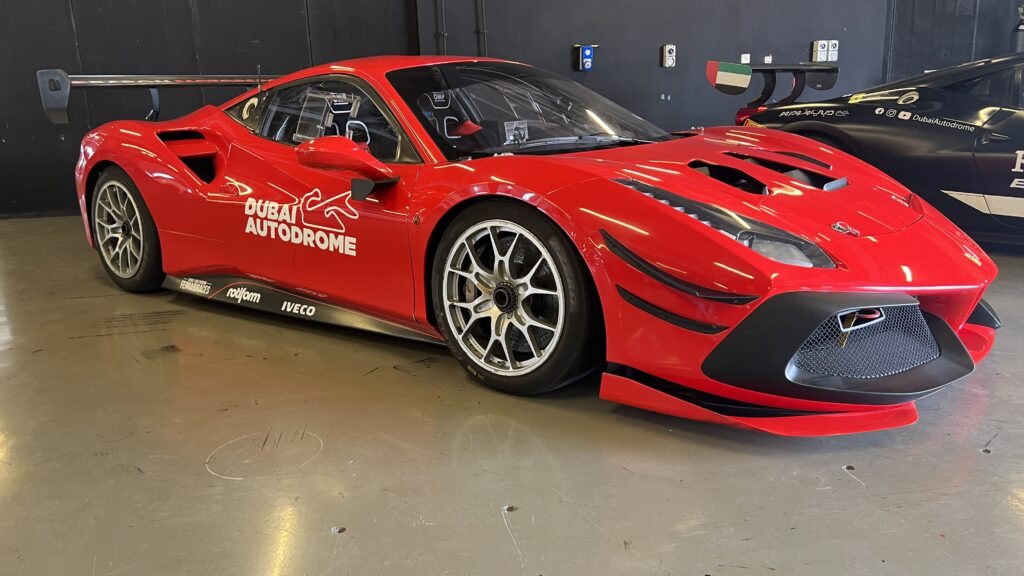
Using the right type of tire and knowing your tires makes all the difference.
Is the track hot or wet? Is it going to rain? Are you on soft tires (more grip) or hard tires (more durability)?
These are the questions you have to ask yourself and, ideally, have an answer to.
Also, if you’re on slick tires, make sure to warm them up properly before the race starts.
1. Think ahead

You’re supposed to be in control of what you’re doing but you can’t control what other drivers are doing, not to mention external factors like weather and track conditions.
For that reason, it’s very important to think ahead and try and see potential danger before it happens.
For example, maybe somebody’s car is leaking fluids or maybe it’s been raining and the track hasn’t dried out properly.
Keep an eye on bits of the track that appear to be slippery for whatever reason, and on other drivers as well.
Extra point: Passion
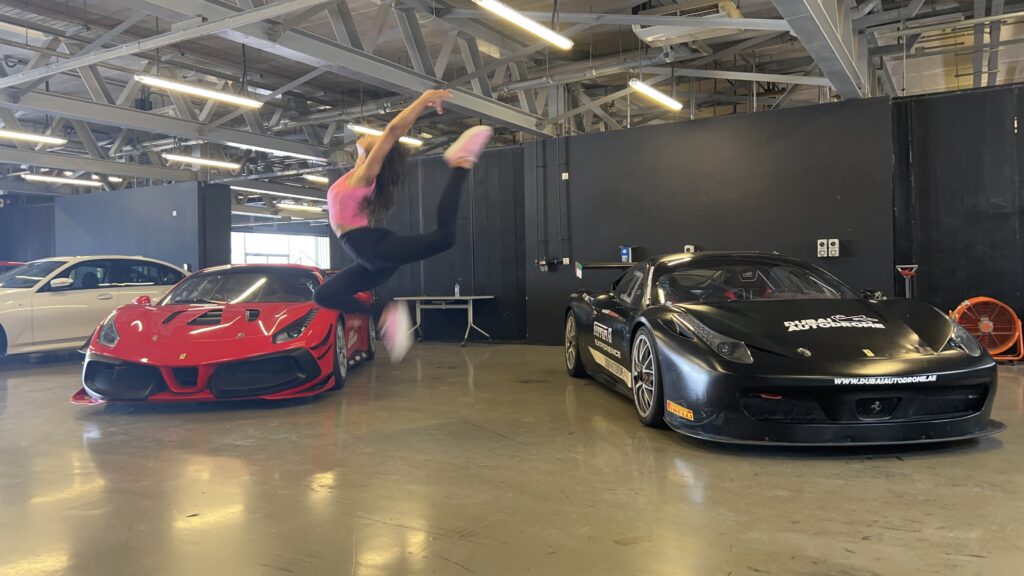
Being able to control a ton of metal moving at 100+ mph is no small feat, and racing cars are rougher than road cars.
They’re more brutal, faster, and a lot less comfortable because the cabin is always hot and there’s no AC.
Further, there’s no power steering, and electronic aid while braking is reduced to a minimum.
In simple terms, driving a race car for an hour is a workout.
You need to be fit, and you need to *want* to do it.
Passion is key, if you’re not passionate about it, you may end up giving up pretty quickly, eager to jump back into the comfortable, air-conditioned cabin of the SUV that took you the track.
However, if you’re passionate about it, and ready to learn with baby steps, it can be infinitely rewarding.
The cars we used

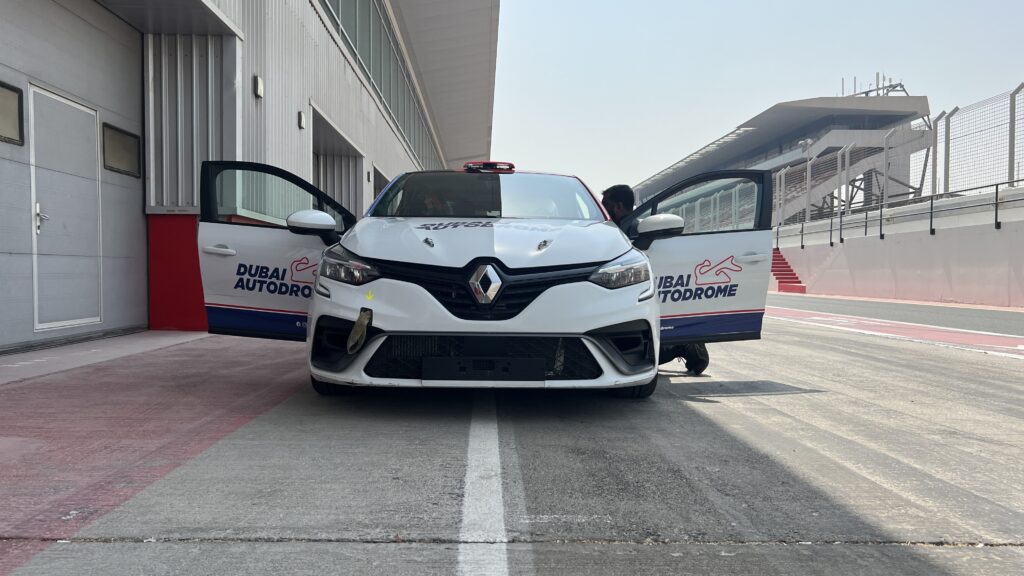
Tuesday got to drive three different cars: a BMW, a track-modified Renault Clio, and a Ferrari 488 Challenge, a racetrack-ready version of the road-going 488.
It is powered by a twin-turbo V8, delivering 670 horsepower and giving it a 0-60 (100 km/h) time of just 3 seconds.
DISCOVER SBX CARS: The global premium car auction platform powered by Supercar Blondie





